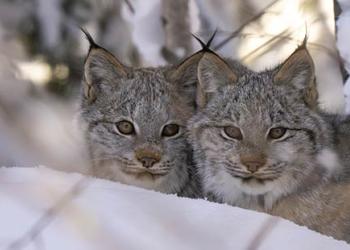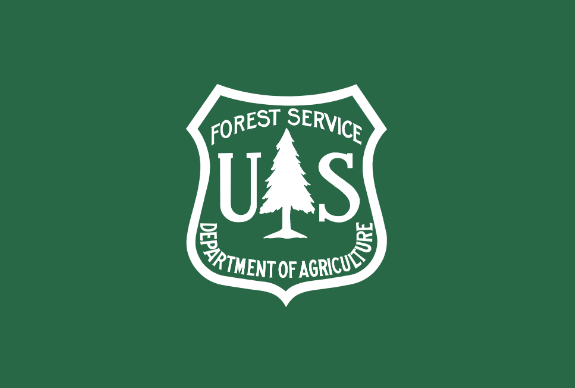Animals and Plants
Terrestrial and Aquatic Species
The Superior NF provides abundant and diverse habitat for thousands of breeding, wintering, and migratory species of terrestrial and aquatic wildlife.
These include: over 350 species of birds, mammals, reptiles, amphibians; 50 species of fish; and thousands of species of invertebrates, plants, lichens, fungi, and other organisms.
All these species provide for a wide array of crucial ecological benefits as well as social and economic benefits and uses, from big game hunting and fishing to wildlife watching and research.
The rich diversity, abundance, and distribution of species are largely a function of the biological and physical settings and environmental conditions of the Superior National Forest. The most important factors include:
- Geology
- Diversity of lake and stream types
- Wide variety of vegetation communities in different successional stages
- Natural disturbances and other ecosystem processes (such as nutrient cycling, fire, wind, and flooding)
- Interrelationships among species
Species have also been affected by humans’ past and present use of forests through such activities as settlement, agriculture, logging, recreation, introduction of nonnative species, hunting, and fishing. All these factors result in a continuously changing mosaic of environmental conditions and, in response; wildlife habitats and populations also continuously fluctuate in numbers, extent, quality, and location across the landscape and over time.
The Superior NF has over 100 species of migratory breeding birds in a zone that has the greatest diversity in North America of songbirds, including forest-dependent warblers; among the largest populations outside Alaska of gray wolves, common loons, and moose; popular game species such as walleye, trout, deer, ruffed grouse, fisher, and beaver; and numerous rare species such as great gray owl, black-backed woodpecker, ram’s-head lady-slipper and other orchids, and lake sturgeon.
The Superior NF has a great abundance and diversity of species common to the true boreal forest biome to the north, such as three-toed woodpecker, boreal owl, boreal chickadee, lynx, moose, and grizzled skipper butterfly.






